BioLite BaseCharge Home Emergency Kit review: make home emergencies fun again!
All-in-one ecosystem solution for power outages in urban environments


You get a lot of bang for your buck with the BioLite BaseCharge Home Emergency Kit. All elements can be used individually, but combining them into one kit opens up a whole lot of possibilities, even if you aren't in a home emergency situation. Not everyone needs an emergency kit, but if you're thinking about investing in one, consider BioLite's gear kit – it's one of the best ones on the market today.
-
+
All your emergency kit in one box
-
+
Each unit can be used separately for other purposes (e.g. hiking, camping, etc.)
-
+
LCD Smart Dashboard is easy to read and understand
-
+
BaseCharge 1500 is comparatively easy to carry
-
+
AlpenGlow lights are wonderfully versatile
-
-
Headlamp is a bit clunky
-
-
BaseCharge 1500 fans can be loud when you charge multiple devices simultaneously
-
-
Main unit isn't rugged or weatherproof
Why you can trust T3

I can't remember the last time I had a power cut, let alone one that lasted long enough for me to be concerned about the food in my fridge going bad. So when I was offered a review unit of the BioLite BaseCharge Home Emergency Kit, I wondered how I could test the unit's emergency prowess.
Once I looked into the situation, I realised that although BioLite's portable power station, camping light, headlamp and power bank combo will help you manage a power cut, the individual bits of the kit can also be used for a variety of other purposes, such as camping, running, in the office etc.
Over the last few weeks, I used the BaseCharge 1500 to power my vacuum cleaner so I can clean my car, utilised the AlpenGlow 250s as night lights for my nephews when they stayed over, charged my iPhone and Apple Watch in the office with the Charge 80 PD and more.
Should you get the BioLite BaseCharge Home Emergency Kit for yourself? Read my full review below to find out.
BioLite BaseCharge Home Emergency Kit review: price and availability
The BioLite BaseCharge Home Emergency Kit is available to buy now at BioLite US and BioLite UK for a recommended retail price of $1,799/£1,934, saving you $209/£214.95 compared to buying each item included in the kit individually—AU price and availability TBC (BioLite currently hasn't got an Australian site).
BioLite BaseCharge Home Emergency Kit review: what's in the box?
The BioLite BaseCharge Home Emergency Kit is a one-stop-shop for home emergencies and includes the BaseCharge 1500 power station, there AlpenGlow portable lanterns (2x AlpenGlow 250 and 1x AlpenGlow 500), the HeadLamp 425head torch and the Charge 80 PD portable power bank to charge smaller electronics such as smartphones and watches.
As a side note – I know this will make me sound like a very dull person – I loved the shipping box the BaseCharge 1500 came in. I love a good cardboard box, and this one was a doozy with reinforced handles and solid construction. Everything included in the kit has its own display box, of course.
Get all the latest news, reviews, deals and buying guides on gorgeous tech, home and active products from the T3 experts
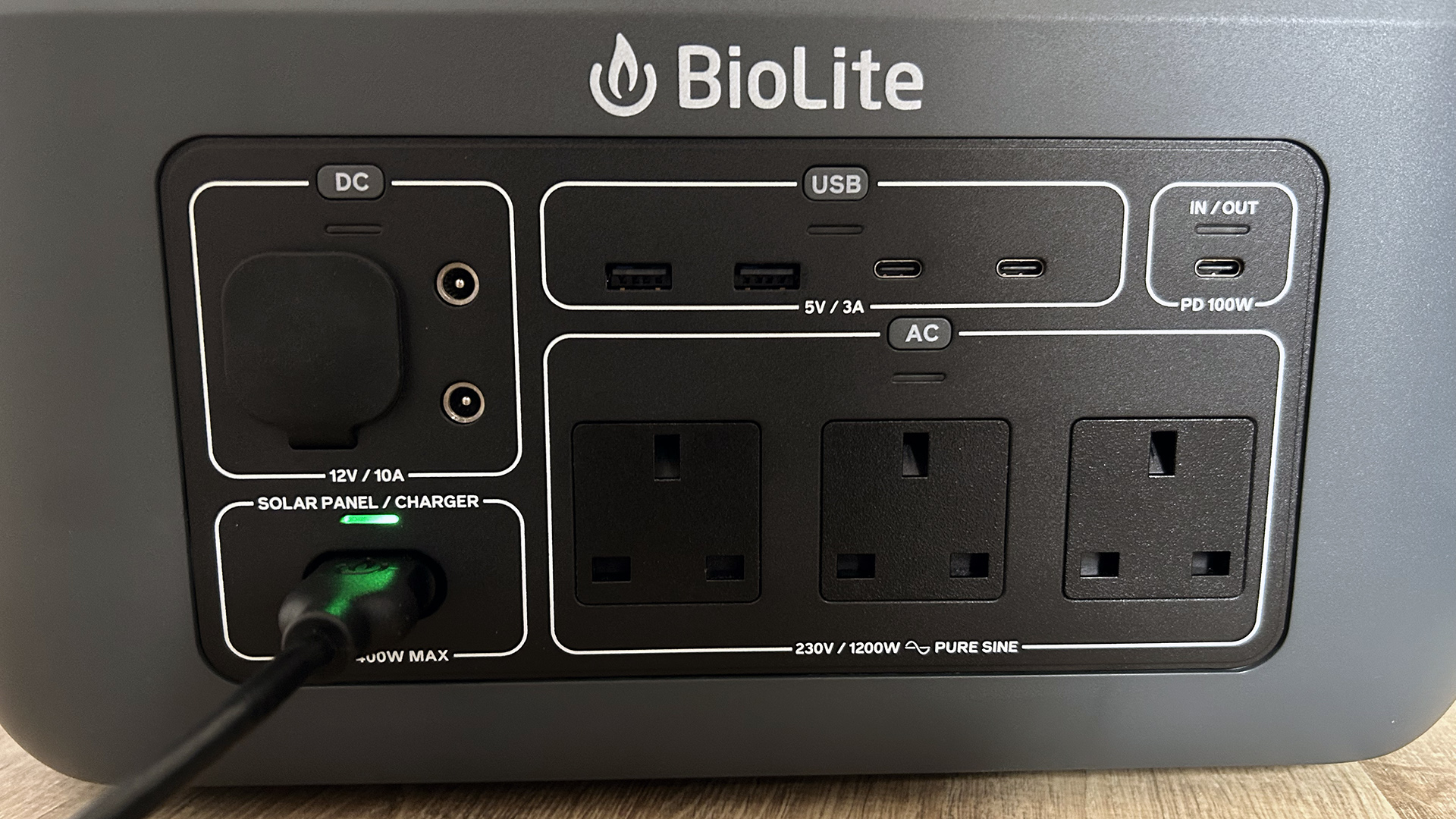
BioLite BaseCharge Home Emergency Kit review: BaseCharge 1500 unit
Physically and financially speaking, the BaseCharge 1500 makes up the bulk of the BioLite BaseCharge Home Emergency Kit. This is a 1,521-watt-hour lithium-ion power station with a max output of 1200W (2400W surge).
At 26.5 lbs (12kg), it's not a terribly heavy unit, and it comes with two decent-sized handle holes on the side, making it pretty easy to carry around. It measures 14.4 x 12.2 x 8.2 inches.
There are several ports located at the front of the BaseCharge 1500: 3x AC Ports, 2x 1x DC Barrel Port, 2x USB-A, 2x USB-C, and 1x USB-C PD. Better still, there is a Qi Wireless Charging Port at the top of the unit, which allows for one smartphone to be charged wirelessly.
To activate the ports, you must press the button with the label (e.g. USB) above the group of ports. To activate the wireless charging port, activate any port groups by pressing the button. For example, you can press the 'AC' button and place the smartphone on the top.
You can charge multiple devices simultaneously; however, this might trigger the cooling fans, which are pretty loud. They make a whirring noise similar to small drone propellers. It's not massively annoying, but it's certainly audible.
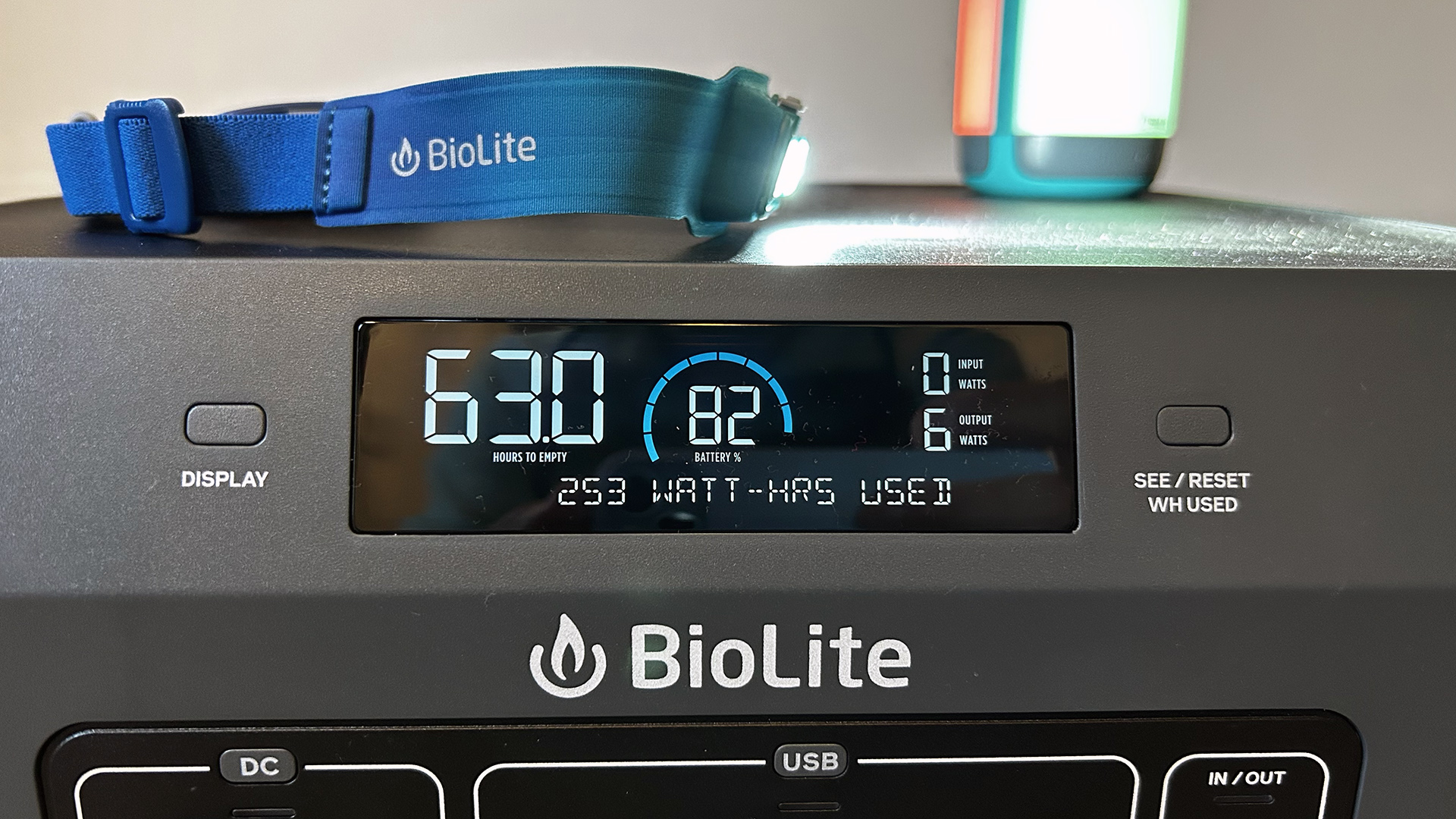
The Basecharge 1500 is equipped with a large LCD called LCD Smart Dashboard. This is super handy, as all essential information is clearly displayed – no need to try to decode what different light blink patterns mean, which is often the case with similar units.
The LCD Smart Dashboard shows which ports are active, real-time input/output wattage (the BaseCharge 1500 can be charged via solar panels), how many watt-hours you used since you last charged the station and how many hours you have left until the battery goes flat based on the current output. It's pretty nifty.
The 1,200W max output allows for multiple devices to be powered simultaneously. I ran my 800W vacuum of it while charging my phone via the wireless port, and the BaseCharge 1500 didn't even blink an eye. I also charged three drones, one drone controller and a laptop on another occasion, and that also seemed fine.

BioLite BaseCharge Home Emergency Kit review: AlpenGlow 250 and AlpenGlow 500 lights
The AlpenGlow portable lights were my favourite bits of the BioLite BaseCharge Home Emergency Kit. These nifty, portable, rechargeable lights have eight different lighting modes and double up as chargers for small electrical items. The larger AlpenGlow 500 has a 6,400 mAh battery, while the smaller AlpenGlow 250 has a 3,200 mAh.
The numbers in the name refer to the max light output (250 and 500 lumens). Battery life is pretty good, too; both versions can run up to 200 hours in the Low setting (five hours in the High setting). What I liked the most was the versatility and different light modes. AlpenGlow lights can imitate candle flicker and have a colourful gradient mode.
Plus, by shaking the lamp, you can activate the secondary modes. For example, giving the AlpenGlow a shake in warm white mode activates the candle flicker mode. In gradient mode, shaking the lamp would make the colours change continuously. It's not just super cool but also helpful (the 'shaken version' of the cool white mode disables one side of the lantern so you can use the AlpenGlow as a torch).
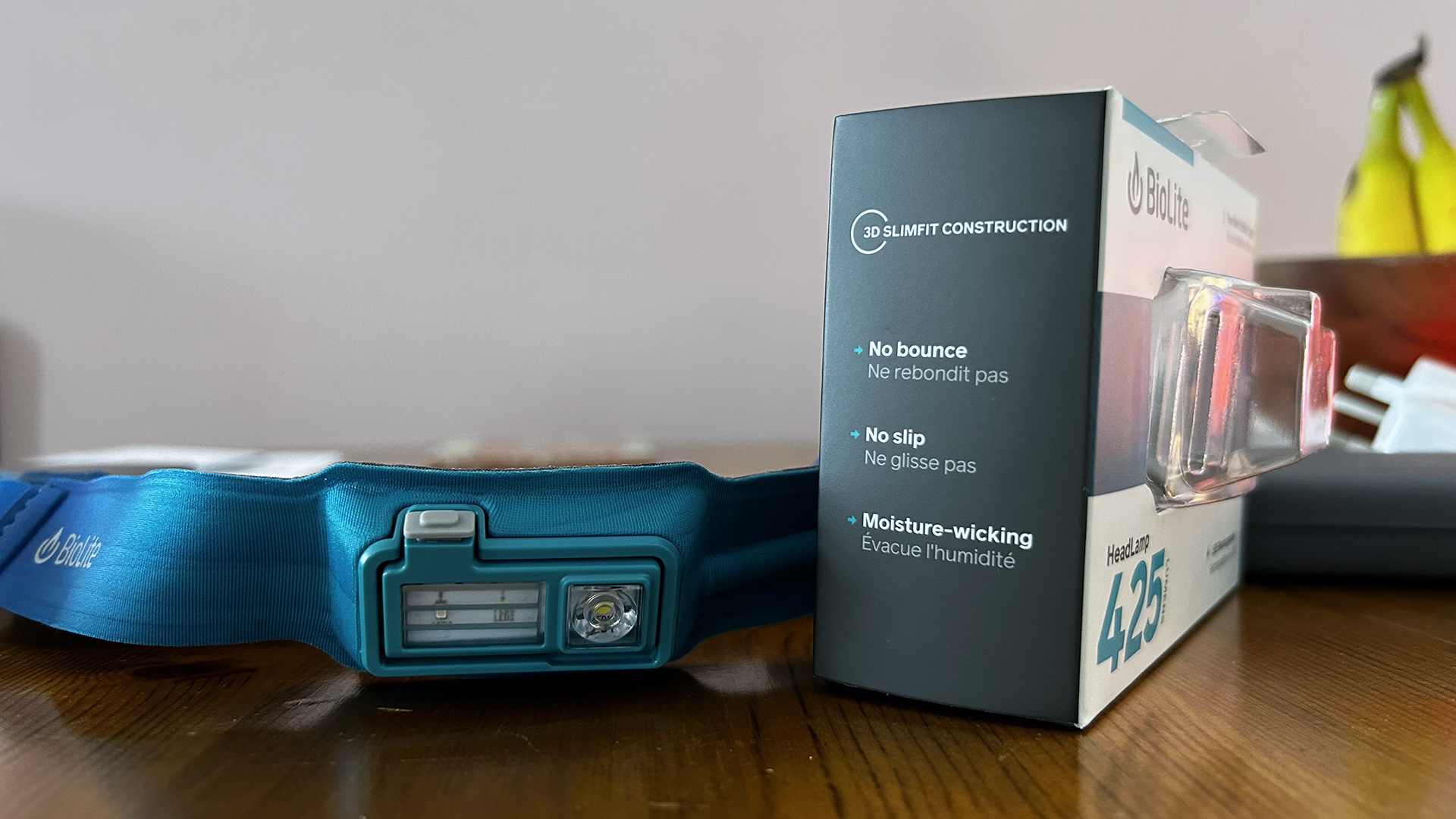
BioLite BaseCharge Home Emergency Kit review: Headlamp 425
Speaking of torches: the kit includes a headlamp with a 425-lumen max output. The Headlamp 425 has seven different lighting modes and a read red light, which is entirely useless for home use, but could be useful on the trail. The Headlamp is the weakest part of the kit in the sense that you can tell it wasn't designed for home use. It's clunky, slightly awkward to adjust and just overkill in general for the purpose.
However, it's a very decent head torch as long as you don't try to blind your family members in the dark with it. I used it for trail running, and it worked perfectly for that purpose. The 1,000 mAh rechargeable battery can power the LEDs for 60 hours in Low mode and up to four hours in High. For home use, the Low setting is more than enough.
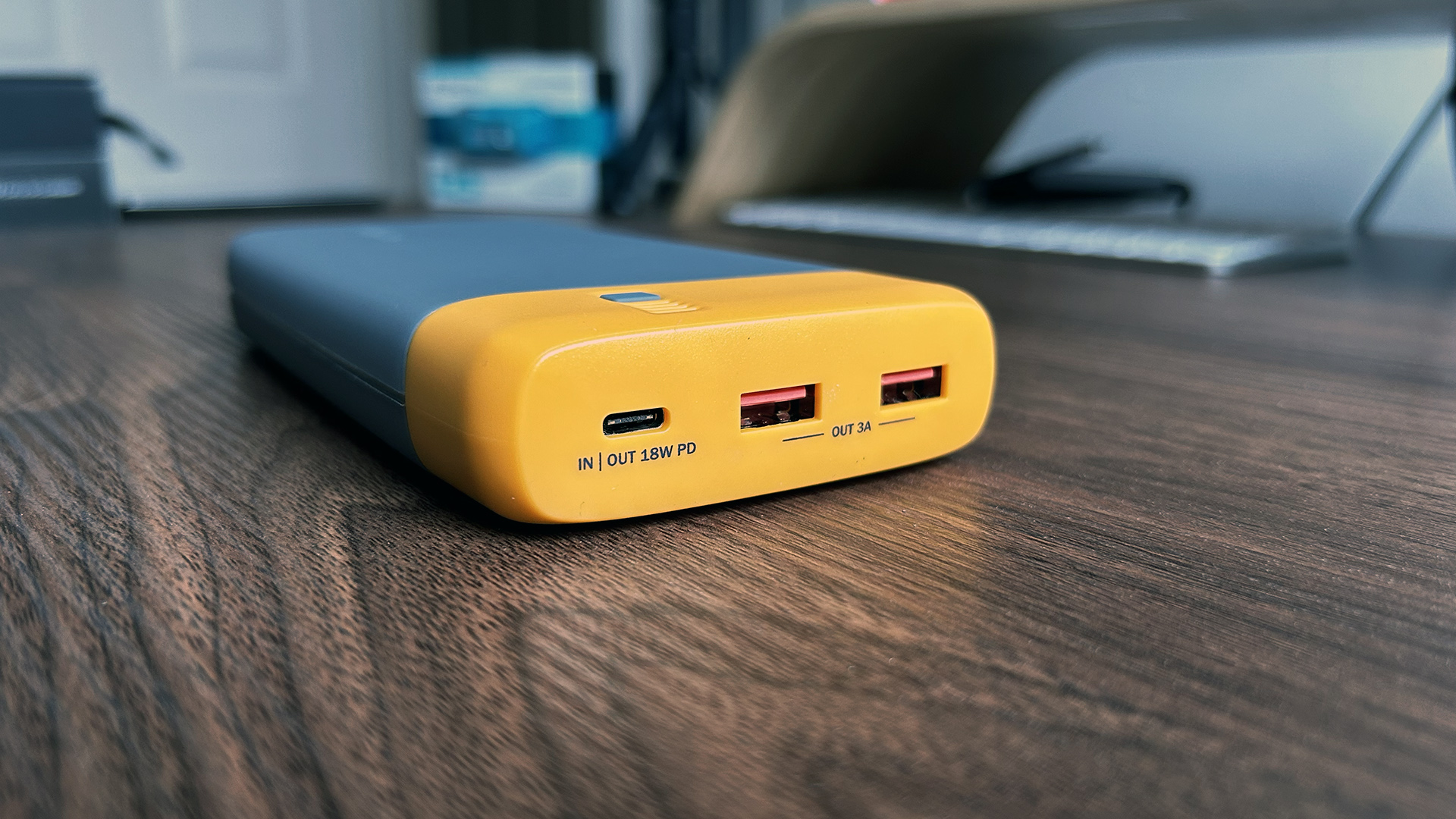
BioLite BaseCharge Home Emergency Kit review: Charge 80 PD power bank
Another exciting addition to the BioLite BaseCharge Home Emergency Kit is the Charge 80 PD power bank that has a 20,000 mAh capacity and can be used on its own for charging smartphones and smartwatches. I use it all the time in the office or when I'm on a press trip.
There is no need to press any buttons to activate it; just plug in a USB cable, and the unit starts. Better still, it can quickly charge compatible devices! My only grief is the lack of display – as I mentioned above, it's hard to tell how much charge is left in the Charge 80 PD.
There are four lights at the top, which indicate the approximate charge left in the power band. But does two lights on mean it has 74% or 51% charge left? You tell me. Apart from that, it's a handy extra that you'll probably use more often than the BaseCharge 1500.
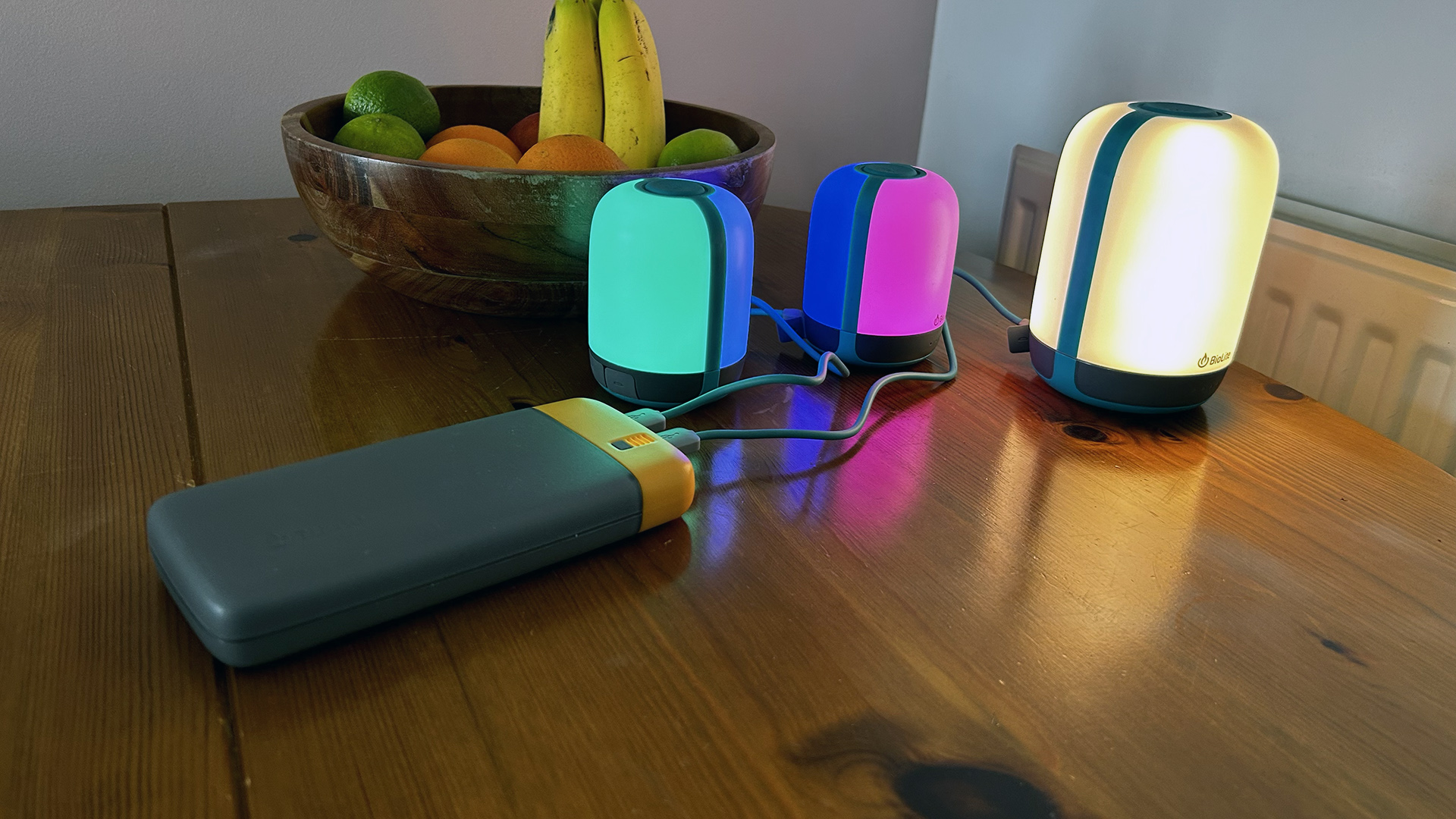
BioLite BaseCharge Home Emergency Kit review: verdict
You get a lot of bang for your buck with the BioLite BaseCharge Home Emergency Kit. All components are pretty good on their own, but combining them into one kit opens up a whole lot of possibilities, even if you aren't in a home emergency situation.
The BaseCharge 1500 unit is user-friendly, and despite not being weatherproof or particularly rugged, it can be used at home and on camping trips as long as you can store it somewhere without getting wet. It's light enough to be hauled around easily, and I just love the clearly-displayed information on the LCD Smart Dashboard.
The rest of the kit is equally as good: the AlpenGlow lights are fun to use and double up as power banks, the Headlamp 425 can be used both indoors and outdoors, and the Charge 80 PD is, well, a power bank you'll probably use the most often of all the stuff included in the BioLite BaseCharge Home Emergency Kit.
Not everyone needs an emergency kit such as this one, but if you're considering investing in one, BioLite's gear kit is one of the best ones on the market today.
BioLite BaseCharge Home Emergency Kit review: also consider

Matt Kollat is a journalist and content creator who works for T3.com and its magazine counterpart as an Active Editor. His areas of expertise include wearables, drones, fitness equipment, nutrition and outdoor gear. He joined T3 in 2019. His byline appears in several publications, including Techradar and Fit&Well, and more. Matt also collaborated with other content creators (e.g. Garage Gym Reviews) and judged many awards, such as the European Specialist Sports Nutrition Alliance's ESSNawards. When he isn't working out, running or cycling, you'll find him roaming the countryside and trying out new podcasting and content creation equipment.